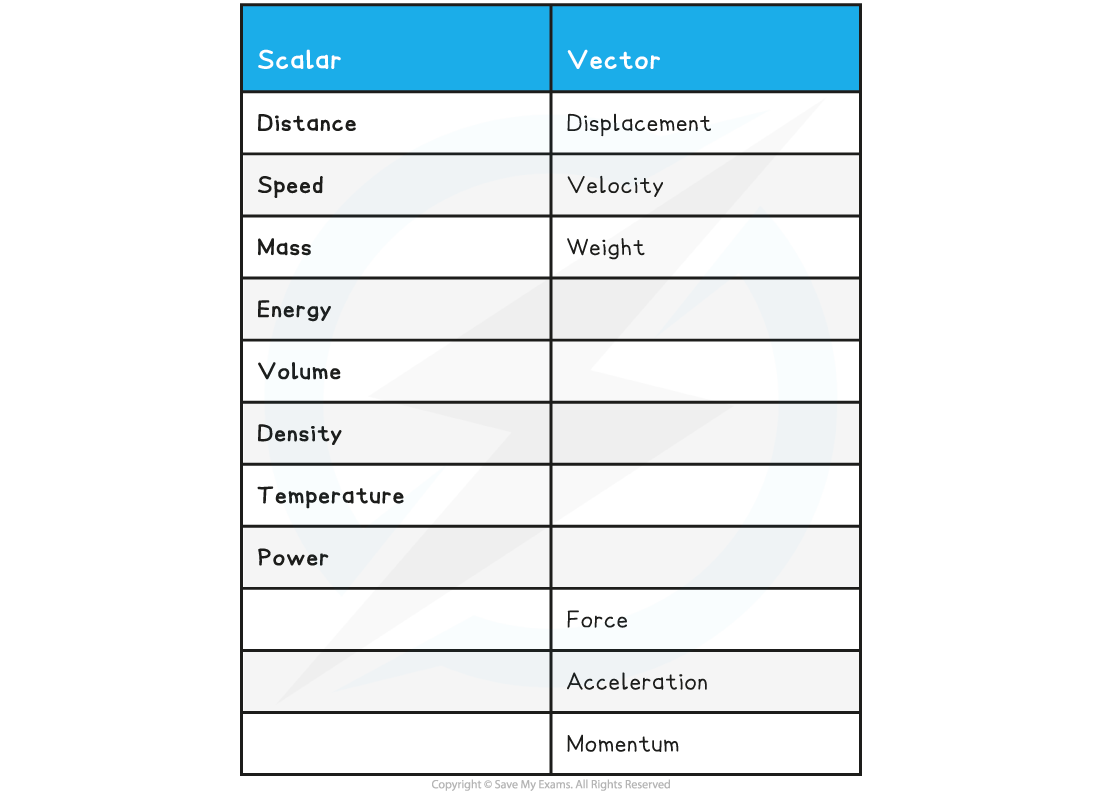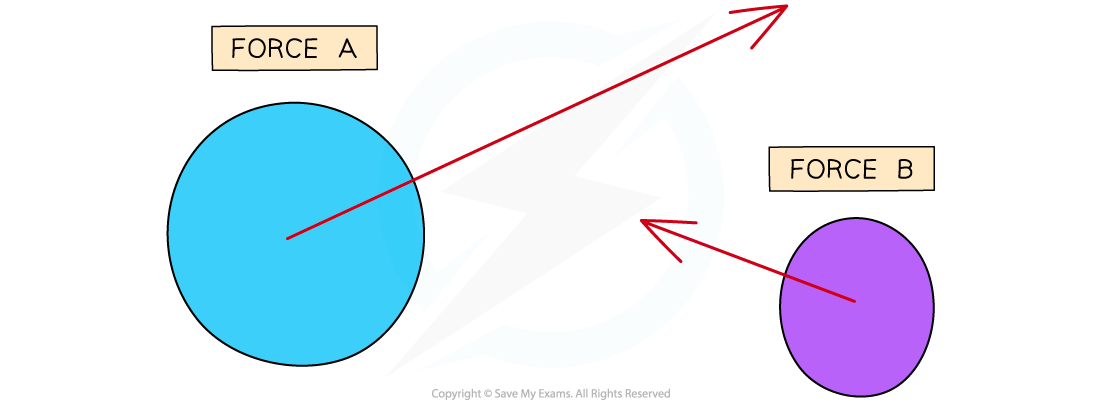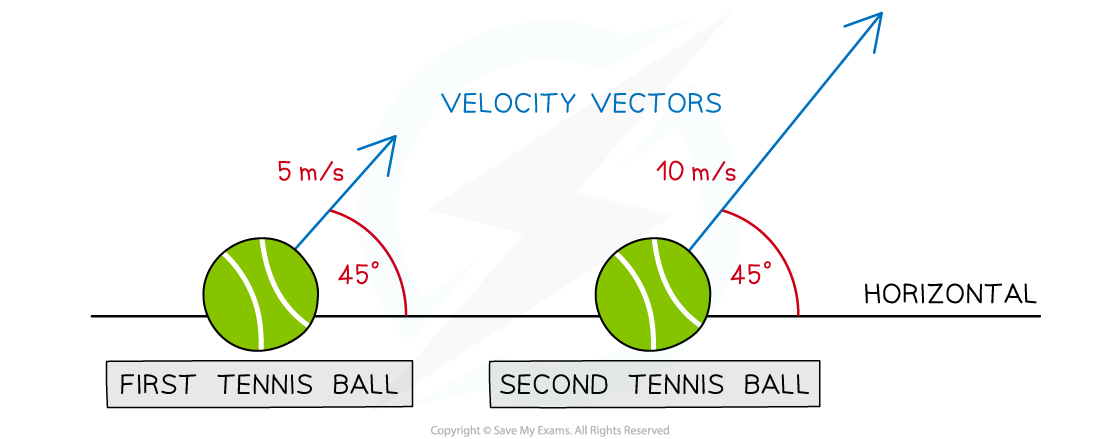Scalars & Vectors (AQA GCSE Physics): Revision Note
Exam code: 8463
Did this video help you?
Scalars & Vectors
All quantities can be one of two types:
A scalar
A vector
Scalars
Scalars are quantities that have only a magnitude
For example, mass is a scalar quantity since it is a quantity that has no direction to it
Vectors
Vectors have both a magnitude and a direction
Velocity is a vector quantity since it is described with both a magnitude and a direction
When describing the velocity of a car it is necessary to mention both its speed and the direction in which it is travelling
For example, 60 km per hour in a Westerly direction
Distance is a value describing only how long an object is or how far it is between two points - this means it is a scalar quantity
Displacement on the other hand also describes the direction in which the distance is measured - this means it is a vector quantity
For example, 100 km in a Northern direction
Comparing Scalars & Vectors
The table below lists some common examples of scalar and vector quantities:
Scalars & Vectors Table

Some vectors and scalars are similar to each other
For example, the scalar quantity distance corresponds to the vector quantity displacement
Corresponding vectors and their scalar counterparts are aligned in the table where applicable
Examiner Tips and Tricks
Make sure you are comfortable with the differences between similar scalars and vectors, the most commonly confused pairings tend to be:
Distance and displacement
Speed and velocity
Weight and mass
Students often find the difference between distance and displacement confusing. Distance measures the length of the path you take to get from point A to point B. This includes all the twists and turns you take. Displacement measures the length of a line between Point and A and Point B if you used a ruler to join points A and B on a map. You would also draw the arrowhead on that line to show that you travelled from point A to point B.
The reason this is important is because displacement is often less than the distance travelled, so this has consequences in calculations.
Representing Vectors
A vector can be represented by using an arrow
The length of the arrow represents the magnitude of the vector
The direction of the arrow indicates the direction of the vector

Two forces represented by arrows.
Force A has a larger magnitude than Force B. Force A is directed to the right and slightly upwards, whereas Force B is directed to the left and slightly upwards.
Worked Example
A tennis ball is thrown at an angle of 45° to horizontal at a speed of 5 m/s. A second tennis ball is thrown in the same direction at a speed of 10 m/s. Draw the velocity vectors of the balls.
Answer:
Step 1: Draw the first tennis ball and its velocity vector
Measure the 45° angle with a protractor

Step 2: Draw the second tennis ball and its velocity vector
The second ball has a speed of 10 m/s, so the arrow will be twice as long


Unlock more, it's free!
Did this page help you?